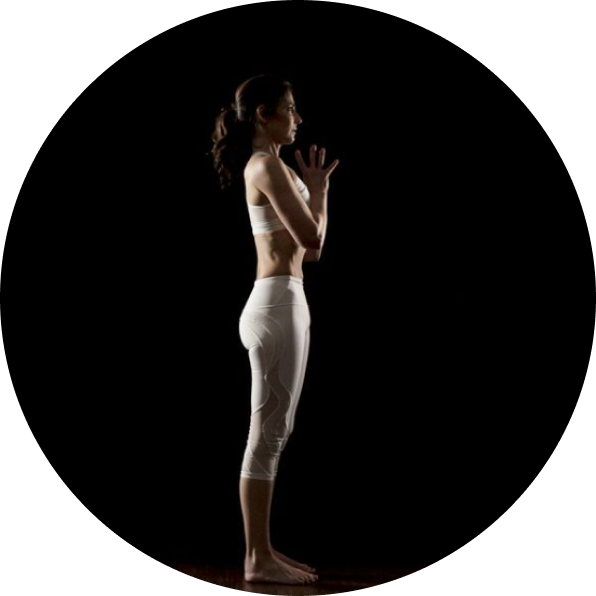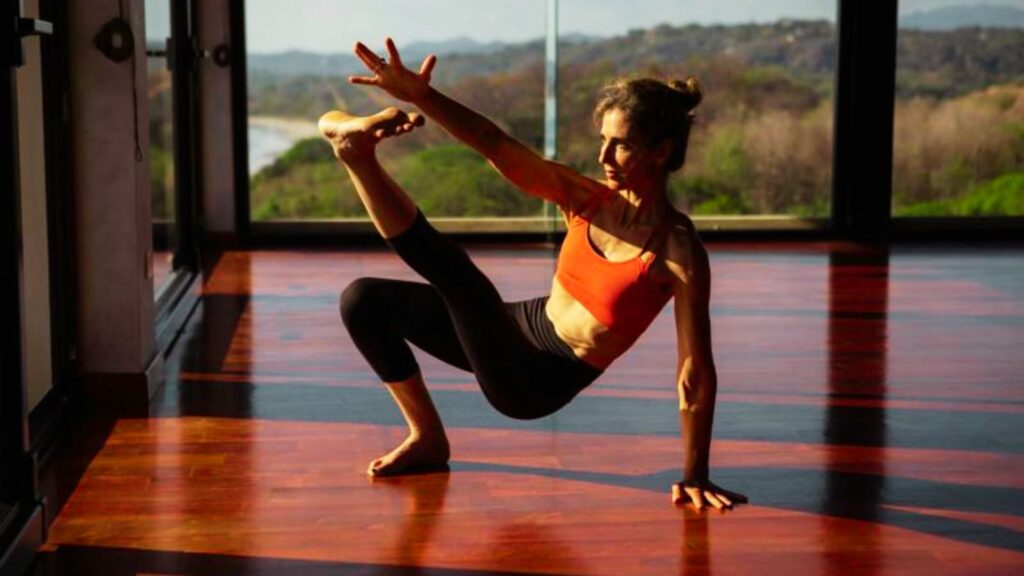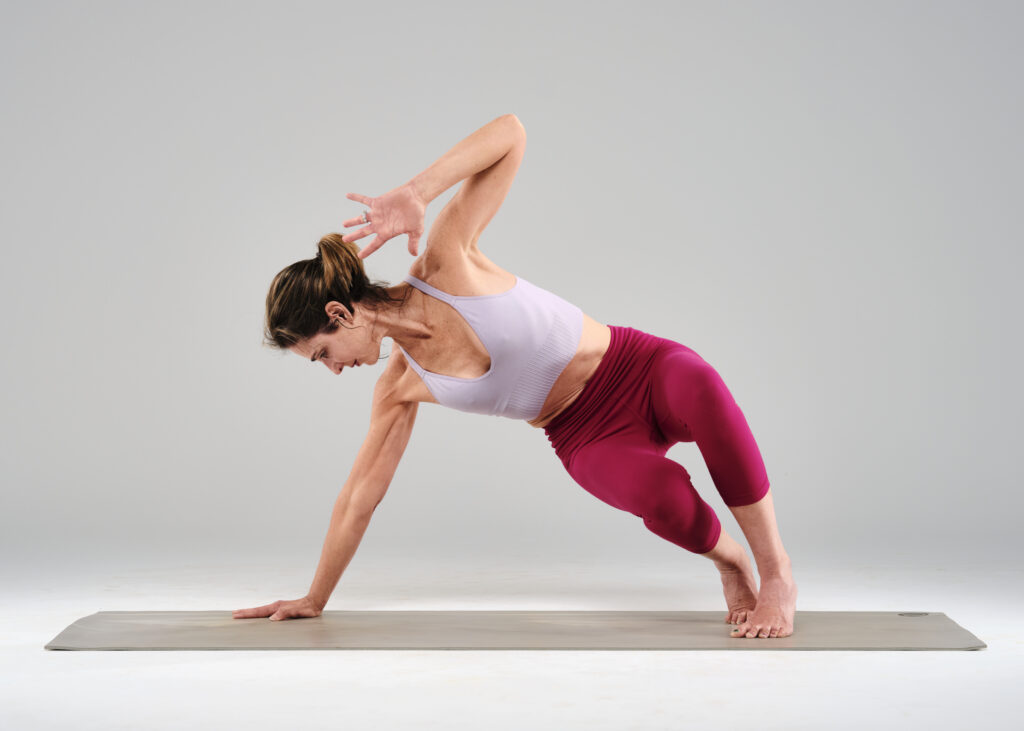Evidence-based yoga: what does science say about the practice of yoga?
Hardly do we ever hear science and yoga used together in the same sentence. Or at least that’s what I would have thought. Then I did a scientific literature review and saw over 7,000 articles that have been published about yoga. Yoga is an intuitive, spiritual, enlightened way of living, and yet the scientific community is jumping on board with this ancient Eastern practice. Why? The short answer is that yoga works! It positively impacts chronic disease, keeps us healthy from preventable ailments, and regulates our central nervous system. Don’t believe me? Check out these top-of-the-scientific-chain research articles for details. If the nitty-gritty of scientific literature isn’t your thing, no worries. Skip to the end for the main take-home points.
According to a U.S. nationally representative survey in the American Journal of Preventative Medicine in 2016, 31 million U.S. adults have ever practiced yoga. The most common reasons were for a) disease prevention and b) back pain relief. Turns out their instincts were right and here’s the data to back it up.
In 2019, Dilorom et al. did a systematic review of 15 studies measuring the impact of yoga on inflammatory biomarkers. The most common biomarkers investigated were interleukin-6 c-reactive protein and tumor necrosis factor. They discovered yoga had a positive effect on inflammatory biomarkers in 11/15 studies. Interestingly, they noted that a higher total dose (>1,000 min) resulted in greater improvements of inflammation.
Thind et.al studied the effects of yoga among adults with type 2 diabetes in 2017. This group did a systematic review and meta-analysis of 23 studies with over 2400 participants. They found improved HbA1c, fasting blood glucose, postprandial blood glucose, lipid profile, blood pressure BMI, waist/hip ratio, and cortisol levels after practicing yoga.
A randomized control trial by Saper et al. in 2017 looked at the effects of yoga, physical therapy, and education on adults with chronic low back pain. 320 predominantly low-income adults with nonspecific chronic low back pain were placed in one of the following groups: 12 weekly yoga classes, 15 physical therapy visits, or an educational book or newsletter. The goal of the study was to determine whether yoga is non-inferior to physical therapy for the treatment of low back pain. Saper et al. found both the physical therapy and yoga groups were less likely to use pain medication compared to the education group. Yoga was non-inferior to physical therapy at 12 weeks. Improvements in physical therapy and yoga groups were maintained at 1 year with no difference between maintenance strategies.
This last study was a meta-analysis (Pasco et al. 2017) that looked at the physiological responses to yoga and mindfulness-based stress reduction. This study did a systematic review and meta-analysis of 42 randomized control trials and found reduced evening cortisol, waking cortisol, ambulatory systolic blood pressure, resting HR, high-frequency HR variability, fasting blood glucose, cholesterol, and low-density lipoprotein compared to active controls. Yoga was also associated with improved regulation of the sympathetic nervous system and the hypothalamic-pituitary-adrenal system.
Take-Aways:
- Yoga has a positive effect on inflammation, meaning it decreases inflammation in your body. The more yoga you do, the better the effects.
- Yoga is a great practice to assist with glycemic control for those with type 2 diabetes.
- Yoga is an effective form of treatment for adults with chronic nonspecific low back pain and is comparable to the effects of physical therapy.
- Yoga is associated with improved regulation of the sympathetic nervous system and hypothalamic-pituitary-adrenal system a.k.a. your body’s physiological stress and hormone regulation systems.
Yoga is a powerful medicine. Better than any drug on the market in my opinion. I want to emphasize the power of what I described above by reminding you that the studies I mentioned are the gold standard of studies. There is high-quality evidence telling us that yoga decreases inflammation, improves our nervous system and hormonal regulation, and can be used to treat chronic pain. However, not all yoga is created equal which is why I teach and practice LYT yoga. LYT is a scientifically sound form of yoga because it is based on neurodevelopmental sequencing and biomechanically sound motor planning and execution. I encourage you to share LYT with at least one person in your life who you think would benefit from LYT yoga based on the evidence you learned today.
XO,
Thalia Wynne, PT, DPT, AT
@thalialovee
Resources:
- Djalilova DM, Schulz PS, Berger AM, Case AJ, Kupzyk KA, Ross AC. Impact of Yoga on Inflammatory Biomarkers: A Systematic Review. Biol Res Nurs. 2019;21(2):198-209. doi:10.1177/1099800418820162
- Thind H, Lantini R, Balletto BL, et al. The effects of yoga among adults with type 2 diabetes: A systematic review and meta-analysis. Prev Med. 2017;105:116-126. doi:10.1016/j.ypmed.2017.08.017
- Saper RB, Lemaster C, Delitto A, et al. Yoga, Physical Therapy, or Education for Chronic Low Back Pain: A Randomized Noninferiority Trial. Ann Intern Med. 2017;167(2):85-94. doi:10.7326/M16-2579
- Pascoe MC, Thompson DR, Ski CF. Yoga, mindfulness-based stress reduction and stress-related physiological measures: A meta-analysis. Psychoneuroendocrinology. 2017;86:152-168. doi:10.1016/j.psyneuen.2017.08.008
- Ebrahimi M, Guilan-Nejad TN, Pordanjani AF. Effect of yoga and aerobics exercise on sleep quality in women with Type 2 diabetes: a randomized controlled trial. Sleep Sci. 2017;10(2):68-72. doi:10.5935/1984-0063.20170012





